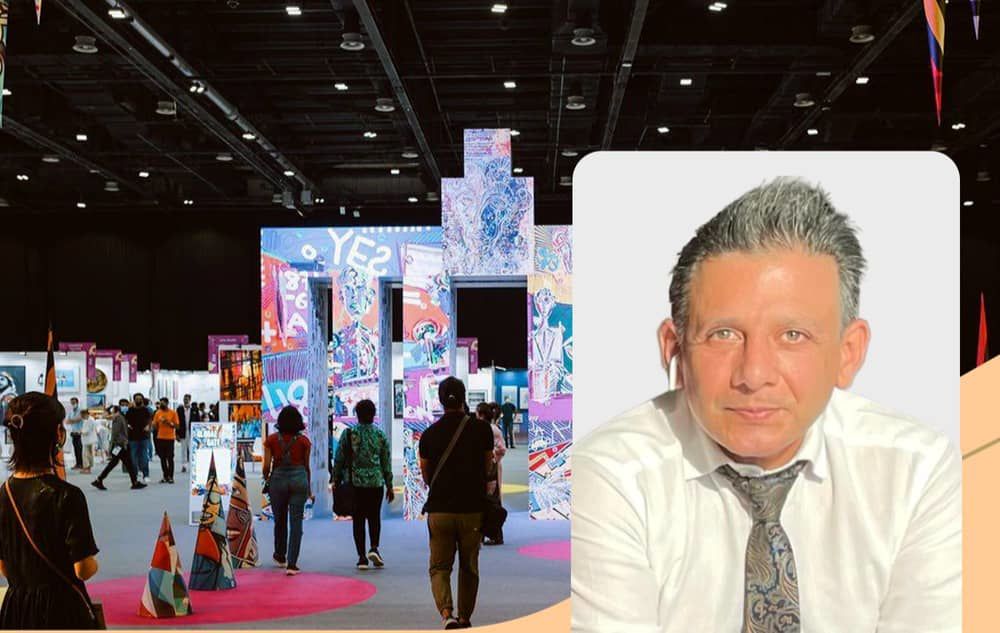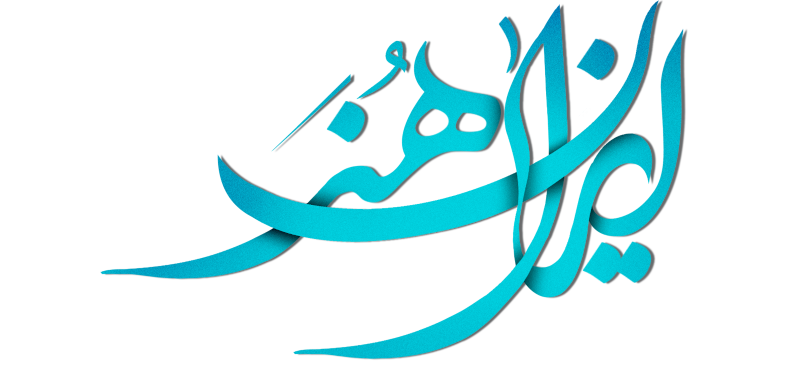Hamidreza Darbeheshti | Hamidreza beheshti | World Art Dubai
Hamidreza Darbeheshti Tells about Investment in Art

Hamidreza Darbeheshti ( Beheshti ) : From Middle Eastern Showcase to Secure Investment in Art A Proposition
Hamidreza Darbeheshti, (Beheshti) Iranian sector delegate at World Art Dubai : The UAE has developed into a thriving hub for visual arts, spanning from Dubai to Abu Dhabi and Sharjah. By far, the Middle East has become one big art gallery that welcomes works of art from all around the world.
Abu Dhabi Art 2023, for instance, showcased how much the UAE capital values the advancement of art and was recently hosted with Sheikh Khaled bin Mohamed bin Zayed Al Nahyan, the Crown Prince of Abu Dhabi, in attendance. 90 galleries from 31 countries, including South America, Hong Kong, and the Far East, participated in the event.

The most prominent galleries in Europe and America have opened branches or relocated entirely to the Emirates as a result of the significant shift in the nation's perception of art over the past 52 years.
Saudi Arabia, Qatar, and Oman, of course, are all moving quickly in the same direction, and occasionally they even work together. The very presence of the most valuable painting in the world at the Louvre Abu Dhabi serves as an illustration of this. Leonardo da Vinci's $450 million Salvator Mundi was purchased at Christie's New York auction in 2017 by Saudi Arabia's Minister of Culture, Prince Badr bin Abdullah Al Saud, and was subsequently shown at the Louvre Abu Dhabi.
The opposite side of this coin is the futuristic capitalist world's emphasis on art. Because it consistently ranks highly in its market, art is regarded as the ultimate capital good. It's a special commodity, and while its supply might run out someday, there will always be a demand for it.

The reality of the corporate world is that everything from multinational holdings of banks, oil, and petrochemicals to car manufacturers and lucrative industries like fashion, jewellery, and gold are focused on artistic creations.
The globe was taken aback last month when Coca-Cola released a new advertisement targeted at the elite art world, featuring the drink held in the hands a number of magnificent paintings in a gallery-museum. Coca-Cola continues to spend millions on advertising in order to differentiate itself in the world of art, particularly the visual arts.
The Middle East construction sector, like New York, has taken the area seriously, as seen by Emaar's presence in Sheikh Mohammed bin Rashid Boulevard and its support for the opening of art galleries.
Of course, there is a therapeutic aspect to art in addition to the financial aspect. Modern humans have spiritual demands, and mental and spiritual well-being are more important than ever for society.
In this case, the hundreds of galleries in the United Arab Emirates and the hundreds of everyday art events provide a chance to take a breather from this stressful and hectic world.

Paying attention to art from the capitalist world is an example of social responsibility that governments are attempting to promote through large tax cuts and other incentives.
Based on the aforementioned elements, it appears that companies that operate in the daily lives of people—restaurants, home product manufacturers, consumer goods, etc.—need to embrace this new trend. But in order for the procedure to be profitable, these businesses will inevitably require interaction with specialized art institutions.

